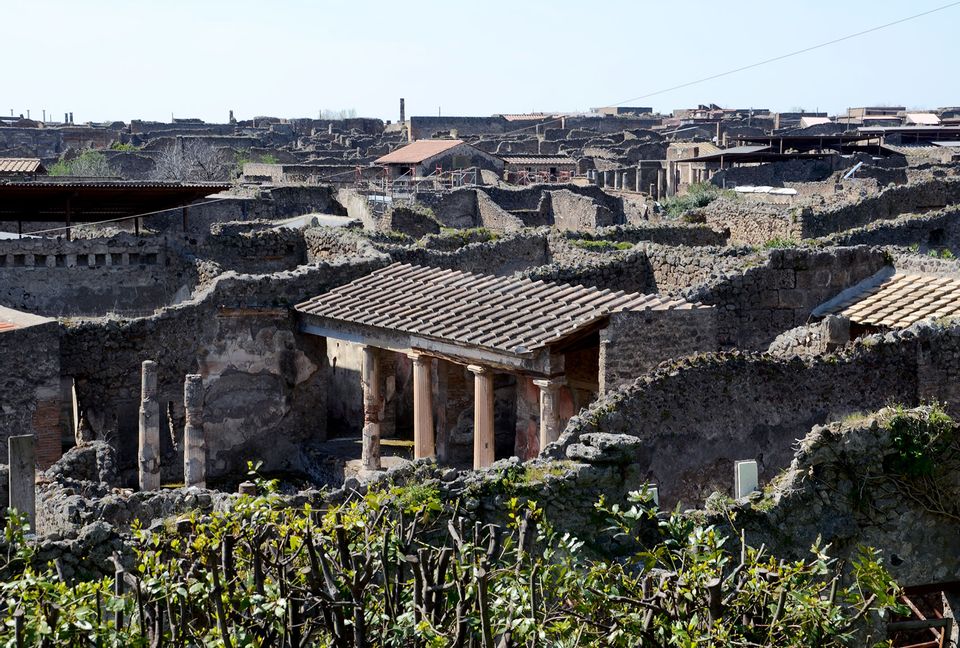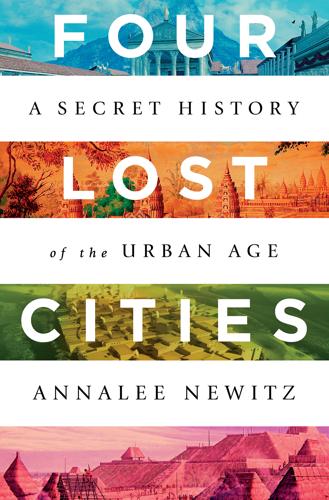

Cahokia and Angkor, which reached its peak from A.D. Cahokia’s 30-meter-tall pyramids, 20-hectare plazas and a population (at the time) bigger than Paris suggest that spiritual revival can also build a major metropolis.

Many people link cities with capitalism and trade. Louis - offers an unexpected reason for a city’s emergence. 1050 to 1350) - located in what is now Illinois, across the Mississippi River from St. When paired with Çatalhöyük, it offers insights into how humans developed the distinction between public and private spaces and activities - ideas that would not have made sense before humans began living in large settled groups.

Newitz’s also explores Pompeii (700 B.C to A.D. Four Lost Cities includes illustrated maps, including this one of Çatalhöyük, to help guide readers, as well as offering a bit of insight into the art of ancient cultures. This ancient city persisted for nearly 2,000 years despite lacking things that we might consider necessary to a city, such as roads, dedicated public spaces or shopping areas. Take Çatalhöyük, the oldest city they feature, which thrived from 7500 to 5700 B.C. Rather than dry history, Newitz makes a special effort to highlight the oddities and innovations that made these cities unique. Each section is accompanied by a handy map, drawn by artist Jason Thompson with engaging, cartoon-style flair. The book is divided into four enjoyable, snack-sized sections, one for each city. But why do we cling to this cliché? In Four Lost Cities: A Secret History of the Urban Age, author Annalee Newitz explores ancient settlements to find out why people flock to big cities - and why they leave. Amid the bustle and lights, all hopes and dreams come true.

It’s a familiar trope in movies and books: A bright-eyed protagonist moves to the big city in search of fame and fortune.


 0 kommentar(er)
0 kommentar(er)
